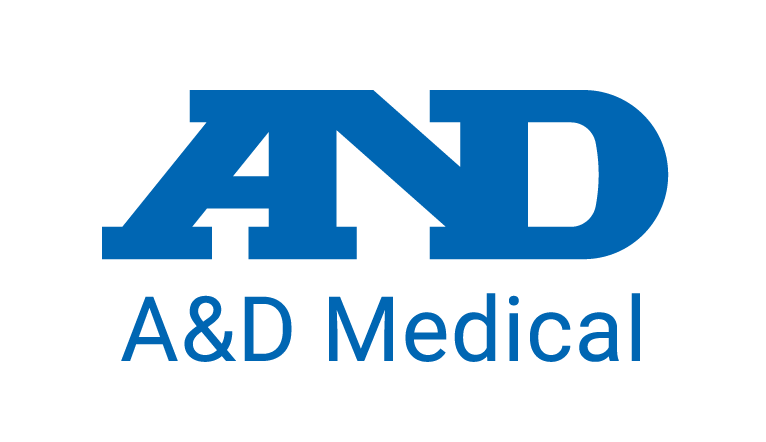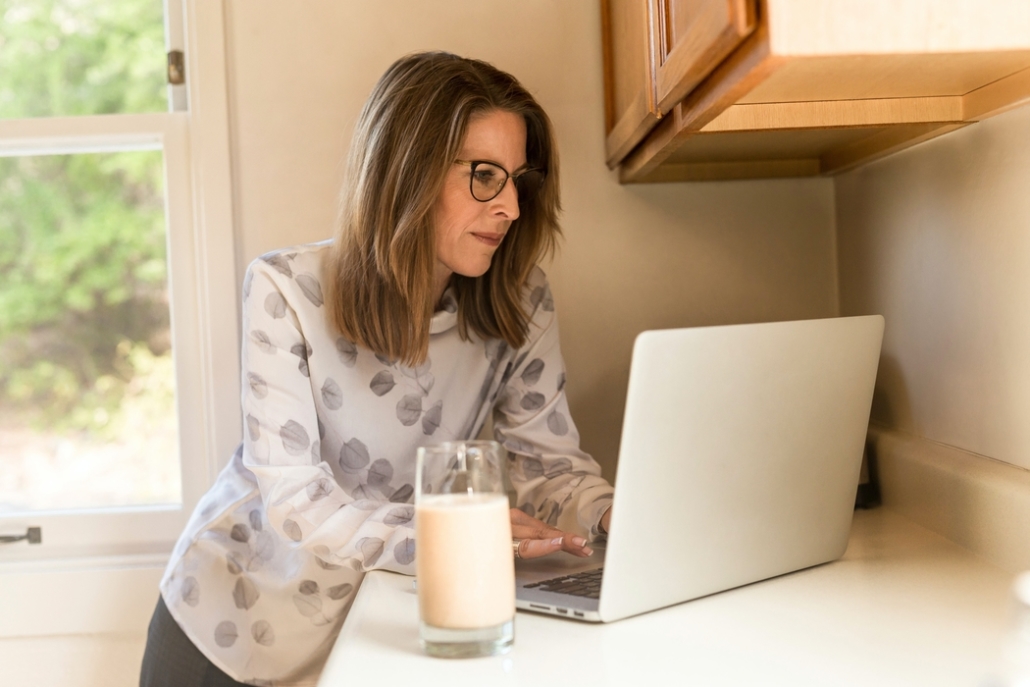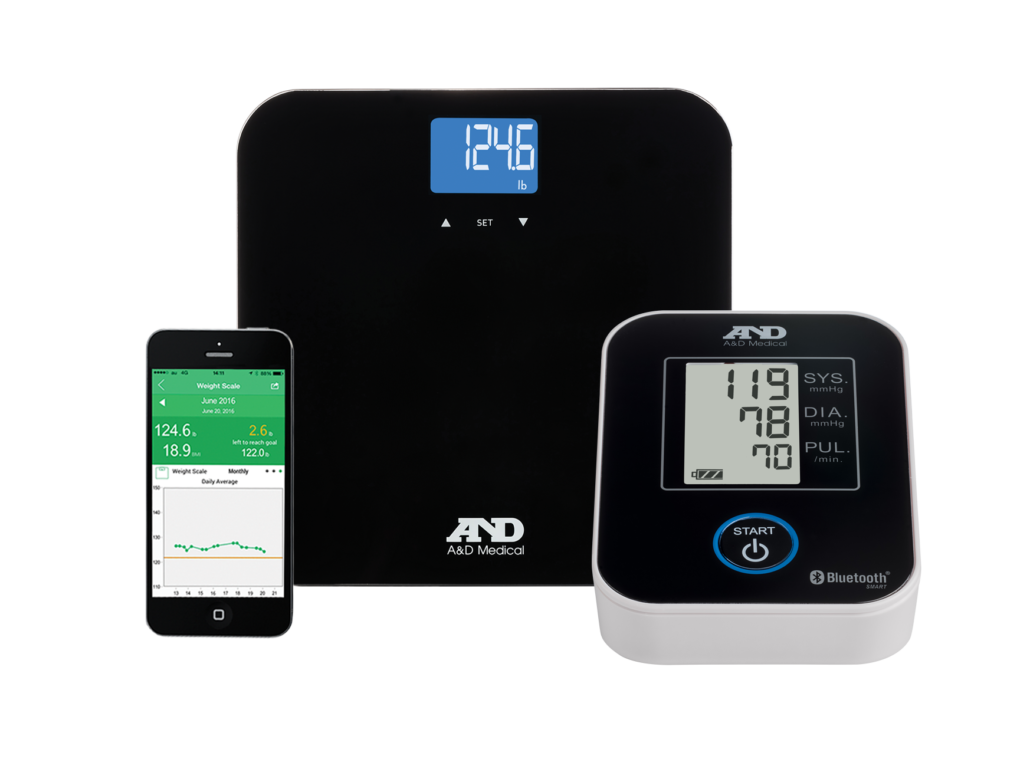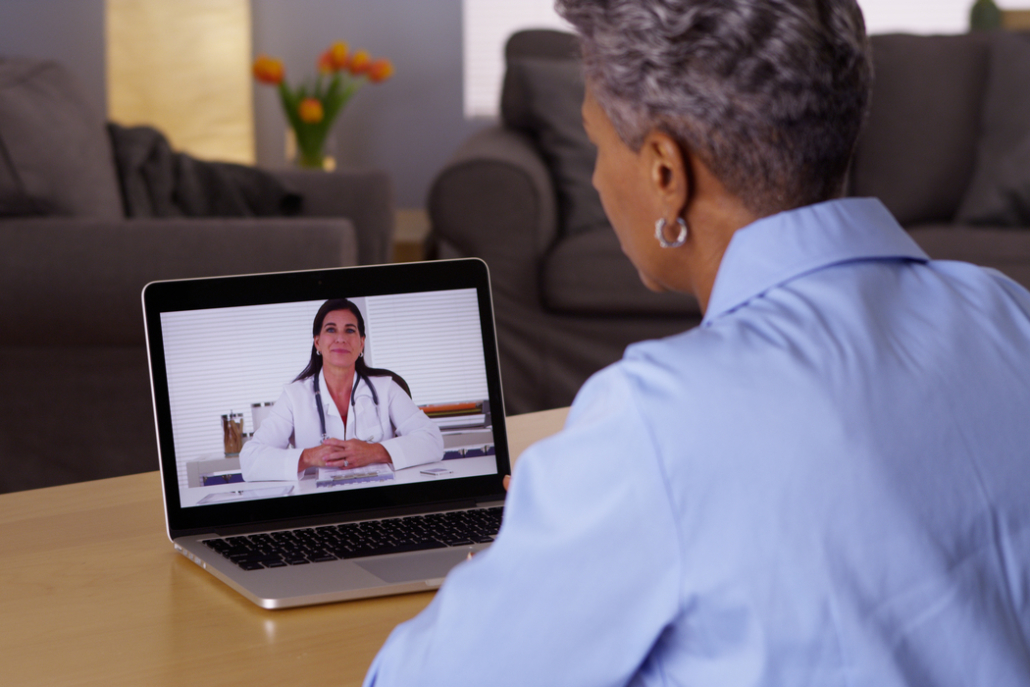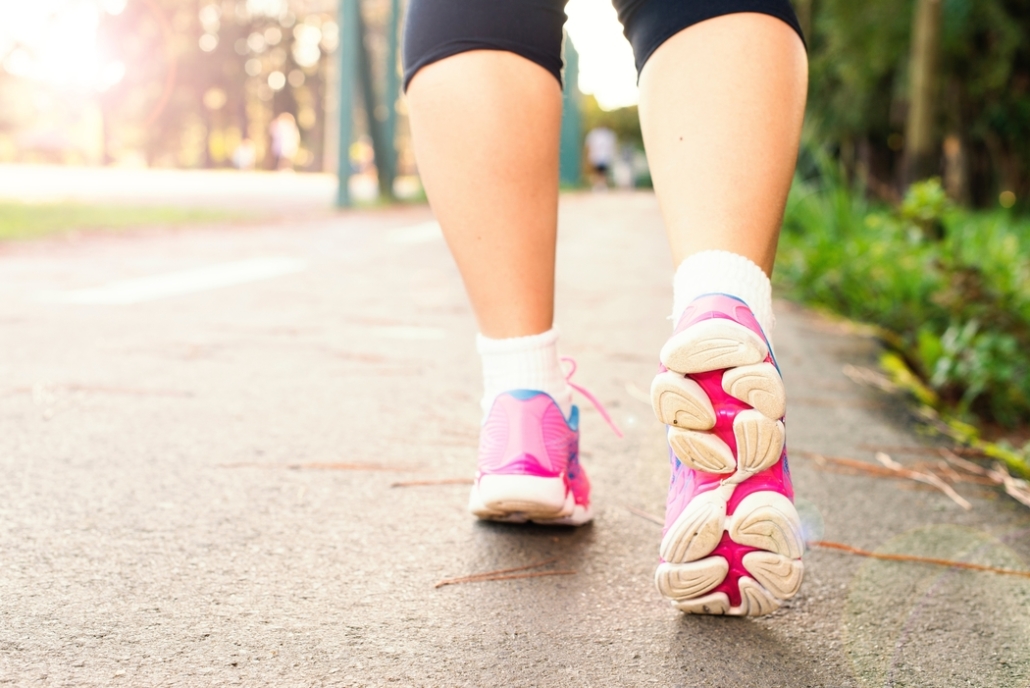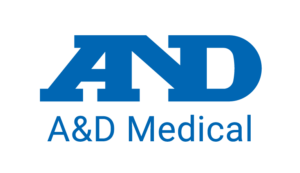Getting Started with Virtual Healthcare
As the COVID-19 coronavirus pandemic continues to alter our world, doctors and clinics are being forced to adopt virtual healthcare more rapidly than in the past. In fact, your provider may have recently asked you to switch to virtual visits, also known as telemedicine or telehealth. In some cases, they are now the only option for those who require non-emergency care.
While virtual healthcare is not new, its use has understandably spiked in recent weeks. With social or physical distancing becoming the new normal, virtual care is something we will all need to become more familiar with.
If you’re trying out virtual visits with your provider, here’s a few facts and tips to help you get started.
Healthcare at a distance
Telemedicine is the practice of using technology to deliver medical care at a distance. During a virtual healthcare visit, a healthcare provider in one location uses a HIPAA compliant video conferencing system to deliver care to you at a different site.
Think of it as a new take on the old school house call. Except in this case, it saves both you and your doctor a trip and lessens the risk of being exposed to COVID-19 or another illness.
Learn more about why we like virtual healthcare so much.
What you’ll need
Specifics may differ depending on your own medical history, but here are a few essential items to acquire so you can get the most out of your virtual doctor’s appointment:
- Scale
- Thermometer
- Blood pressure monitor
- Pulse Oximeter
- A computer, smart phone or tablet with a screen, camera and microphone
Help your doctor help you
Beyond having the right tools, you should also have information about your health on hand. Basically, the more information you can give your doctor, the more information they can give you.
That means tracking your vitals like temperature, weight, and blood pressure. For those with hypertension, a daily log of your blood pressure can help your doctor determine how well your blood pressure is being maintained.
For the record, these are good things to have for an in-office visit as well. However, when your visit is remote, they become essential.
-
Maintaining health
These days, staying healthy, both physically and mentally, is critical. Here are some steps you can take to focus on your heart health while you are sheltering in place:
- Because hypertension is so closely related to COVID-19, taking and recording your blood pressure daily is vital. Here’s a handy 4 week logbook you can use, or download an app, like A&D Connect, to keep track electronically.
- Maintain a healthy diet, and resist the urge to snack on high sodium snacks.
- Make sure to exercise – there are many exercise resources available online and workouts you can do from home without special equipment, like yoga, or even taking a walk around the neighborhood.
- Reduce stress – don’t forget to unplug from media and take time to unwind.
